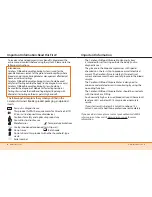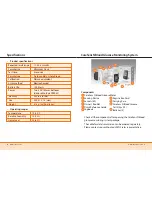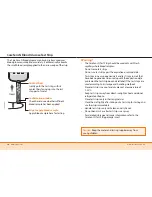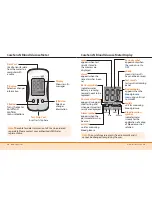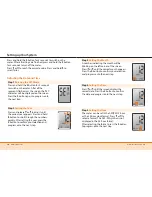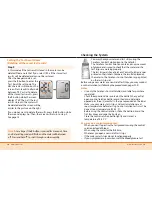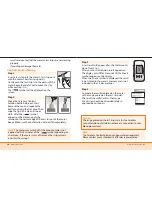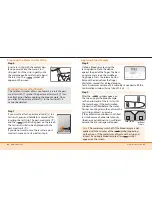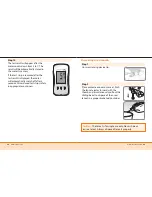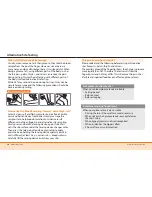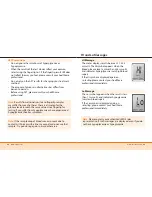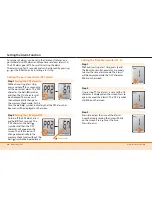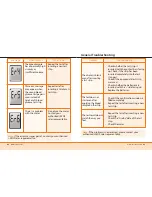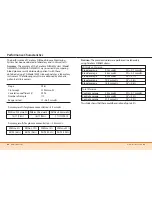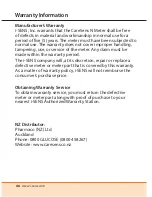
30
www.i-sens.com
www.caresens.co.nz
31
Alternative Site Testing
What is AST(Alternative Site Testing)?
Usually, when someone tests their glucose, they take the blood
sample from the tip of the finger. However, since there are
many nerve endings distributed there, it is quite painful. When
doing a glucose test, using different parts of the body such as
the forearms, palms, thighs, and calves can reduce the pain
during testing. This method of testing with different parts of
the body is called Alternative Site Testing.
While AST may reduce the pain during testing, it may not be
simple for everyone and the following precautions should be
observed during testing.
Alternative Sites for Testing
Things to know when using AST
Please understand the following before testing at alternative
sites (forearms, palms, thighs, and calves).
The capillary blood of the fingertip shows the change in glucose
more rapidly than AST. Therefore, the test results from the
fingertip test and AST may differ. This is because things such as
lifestyle and ingested food have an effect on glucose levels.
Acceptable situations for AST
When your blood glucose levels are stable
• Fasting period
• Before a meal
• Before sleeping
Situations requiring fingertip test
When your glucose levels are unstable
• During the two (2) hours after a meal or exercise
• When sick or when glucose levels seem quite lower
than test value
• When hypoglycemia is not well recognized
• When insulin has the biggest effect
• 2 hours after an insulin injection
Alternative Site Blood Sampling (forearm, palm, thigh, calf)
Select a clean, soft and fleshy sample site area free of visible
veins and hair and away from bones. Gently massage the
sample site to help blood circulation to minimize result
differences between fingertip and alternative site sampling.
Firmly press and hold the lancing device against site. Wait
until the skin surface under the lancing device changes color.
Then press the release button while continuing to apply
pressure. Keep holding the lancing device against your skin
until sufficient (at least 0.5 μL, actual size: ) blood is drawn.
Carefully lift the lancing device away from your skin.


